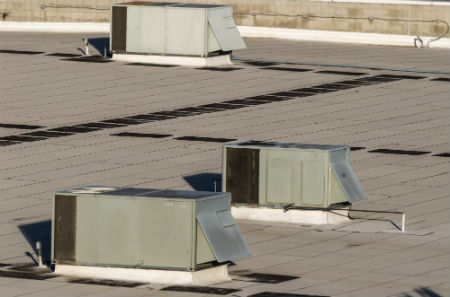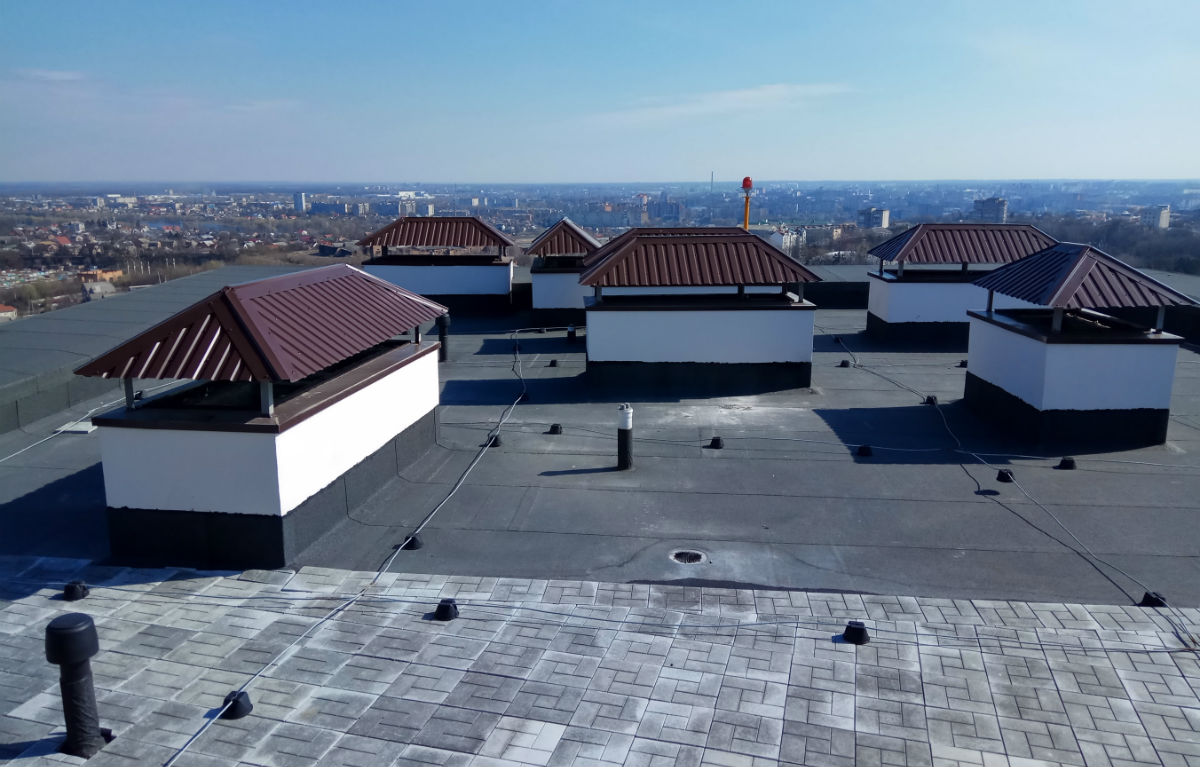In the roofing industry, it’s common to find the term ‘cool roof’ or ‘green roof’, both which describe essentially the same thing: roofing systems that are better for the environment.
Despite your political affiliation, global climate change is a serious concern for everyone around the world. Entire nations are pulling together to institute ‘green’ or eco-friendly programs that are aimed at reducing the severity of ongoing global warming. The good news is that many of these programs are working!
Cool roofs have an important role to play not only in helping to protect our environment, but they can also seriously reduce electricity bills for Colorado home and business owners.
So, how exactly do cool roofs work? And, what kind of tangible benefits can be realized through their use?
Spotlight on Solar Reflectance
It’s impossible to talk about the effectiveness of cool roofs without mentioning something called solar reflectance, which is a measure of the amount of the sun’s radiation that is reflected back from the surface of the roof during daytime hours.
According to CertainTeed—one of the foremost manufacturers of professional-grade roofing materials—a cool roof is defined as:
“…A roofing system that delivers higher solar reflectance (the ability to reflect the visible, infrared and ultraviolet wavelengths of the sun, reducing heat transfer to the building) and higher thermal emittance (the ability to radiate absorbed, or non-reflected solar energy) than standard designed roofing products.”
Traditionally, standard asphalt shingle roofing has done a subpar job of reflecting solar radiation. The reasons for this are because of the heat-trapping qualities of darker materials combined with the composition of tar-and-sand asphalt, which is not engineered to improve solar reflectance.

When darker-colored roofs are exposed to long hours of sunlight, that heat is often retained by the building long after the sun sets. This heat is then dissipated into the environment during the evening and nighttime hours, increasing the overall temperature in the area.
When you compound this effect across millions of buildings throughout the world, you begin to see the damaging effects that large amounts of dark, traditionally built roofs can cause.
Cool Roofs to the Rescue
When a roof is constructed using lighter hues (i.e. white, beige, or other intentionally lighter shades), less heat is trapped by the building. This is especially pronounced during the swelteringly hot summers we experience here in Colorado!
However, it’s not just the color of the roof that factors into the amount of solar reflectance that is provided. For example, some asphalt shingles are impregnated with fiberglass or other materials to provide a higher overall Solar Reflectance Index (SRI).
The great news for home and business owners is that a cool roof can significantly reduce cooling costs, by as much as 15% in some places. For most commercial buildings in Colorado, this kind of cost savings will more than pay for the price difference between a traditional roof and a cool roof, in as few as five years.
Some of the ancillary benefits of cool roofs include:
- Lower maintenance costs. Cool roofs are engineered to last for a long time. And, because they don’t absorb so much of the sun’s harsh energy, they don’t need as much repair.
- Better air quality. When commercial air conditioners don’t have to run as often to cool a building, fewer harmful air pollutants come as a result. In this way, cool roofs help us all to breathe easier!
- Utility rebates. Often, local utility providers will offer rebates to those who opt for cool roof installations. This adds yet another financial incentive for property owners, even above-and-beyond the reduced cooling costs!
Cool roofs come in many styles and formats. Some of the most common include foam, metal, and single-ply roofing solutions. The best candidates for cool roofs are those roofs that have low slopes to them. Sometimes, these roofs are called ‘flat roofs’, even though there is always a slight pitch to them that allows for adequate drainage.
If you’re a commercial building owner in Colorado and you’re in the market for a new roof, there really is no good reason not to ‘go green’ with a cool roof. Between the reduced cooling costs, the lower pollutant emissions, and the sizable utility rebates, all of the signs point to ‘cool’, even if the cost to do so might be slightly higher compared with traditional roofing systems.
To learn more about which cool roof materials would be ideal for your building, contact the roofing professionals at A-to-Z Roofing & Exteriors, today.

